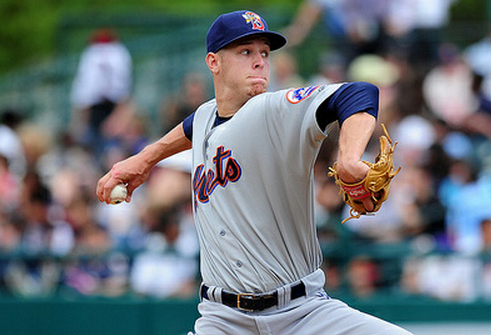Years ago, the best options internally the Mets has to fill any vacancies in either the pitching or offensive side of the ball delivered a large handful of quad-A guys and retreads. The system had very few pieces to ever even dream about trading, and the prospects with enough value to be traded were labeled as untouchable. That style of retaining prospects who had yet to perform at the MLB level led to a few flame-out outfielders, overrated infielders and pitchers who just couldn’t put it all together. Not anymore.
The Mets have been progressively improving their farm system over the last five years, making some good signings in the International market, acquiring prospects via trade for MLB players with expiring contracts as well as reinvesting time and effort into making quality draft picks. This ideaological standpoint is one that seems so simple and essential for winning, but yet certain teams (including the Mets) had ignored it for the better part of the last decade.
While not without their flaws, the Mets have drafted players in the last five years who are producing at the MLB level, have prospects they signed internationally contributing at the MLB level and soon with the arrival of Wheeler, a prospect who was received in one of the aforementioned trades. It is not a perfect model, but it is a night-and- day difference between a few years ago when our best pitching prospect was Mike Pelfrey and Lastings Milledge was our best hitting prospect.
With the recently developing news of top Blue Jays prospect Travis d’Arnaud heading to the Mets, it gives them their best catching prospect in years if it goes through. All of this improvement in the system shows an ability to maximize talent at both levels all while scouting more. While the Mets system isn’t the best, it has gone from one of the five worst systems a few years ago up to the top half of the spectrum.















